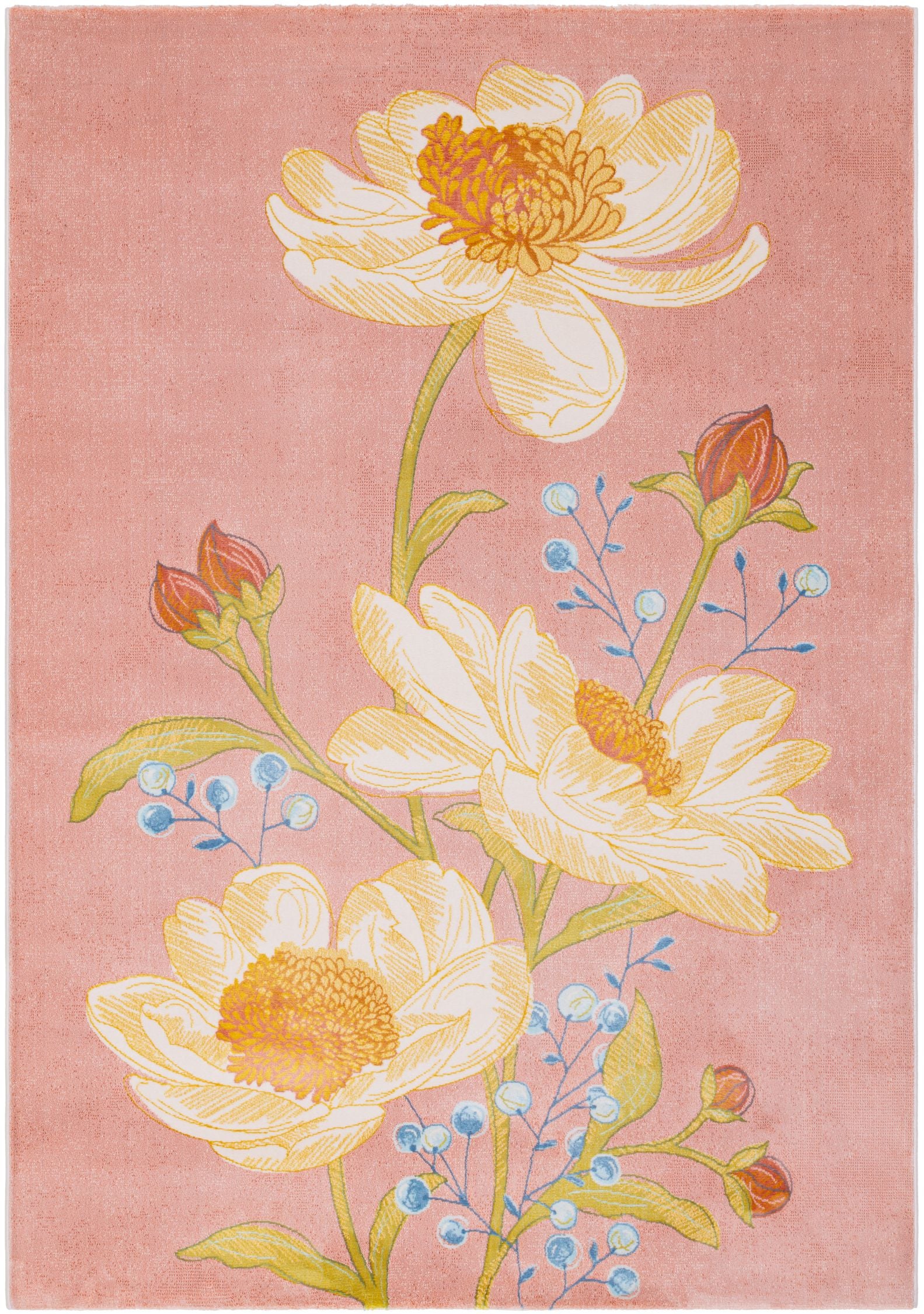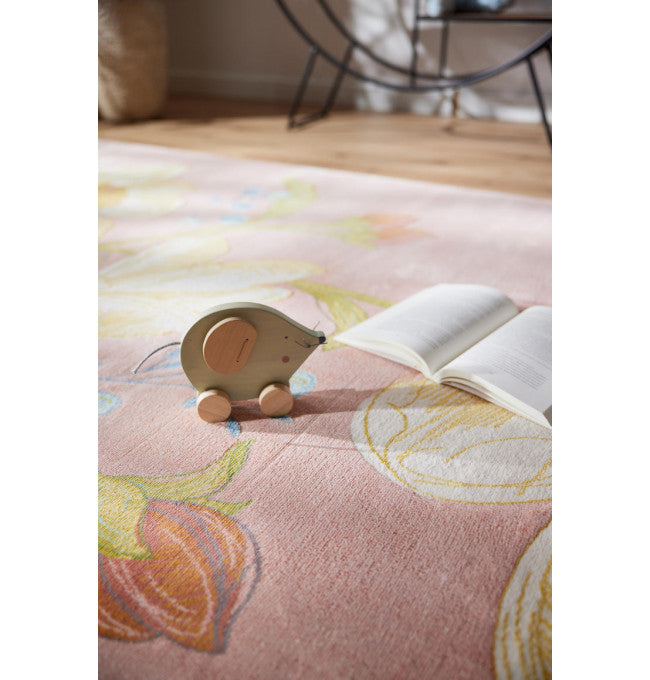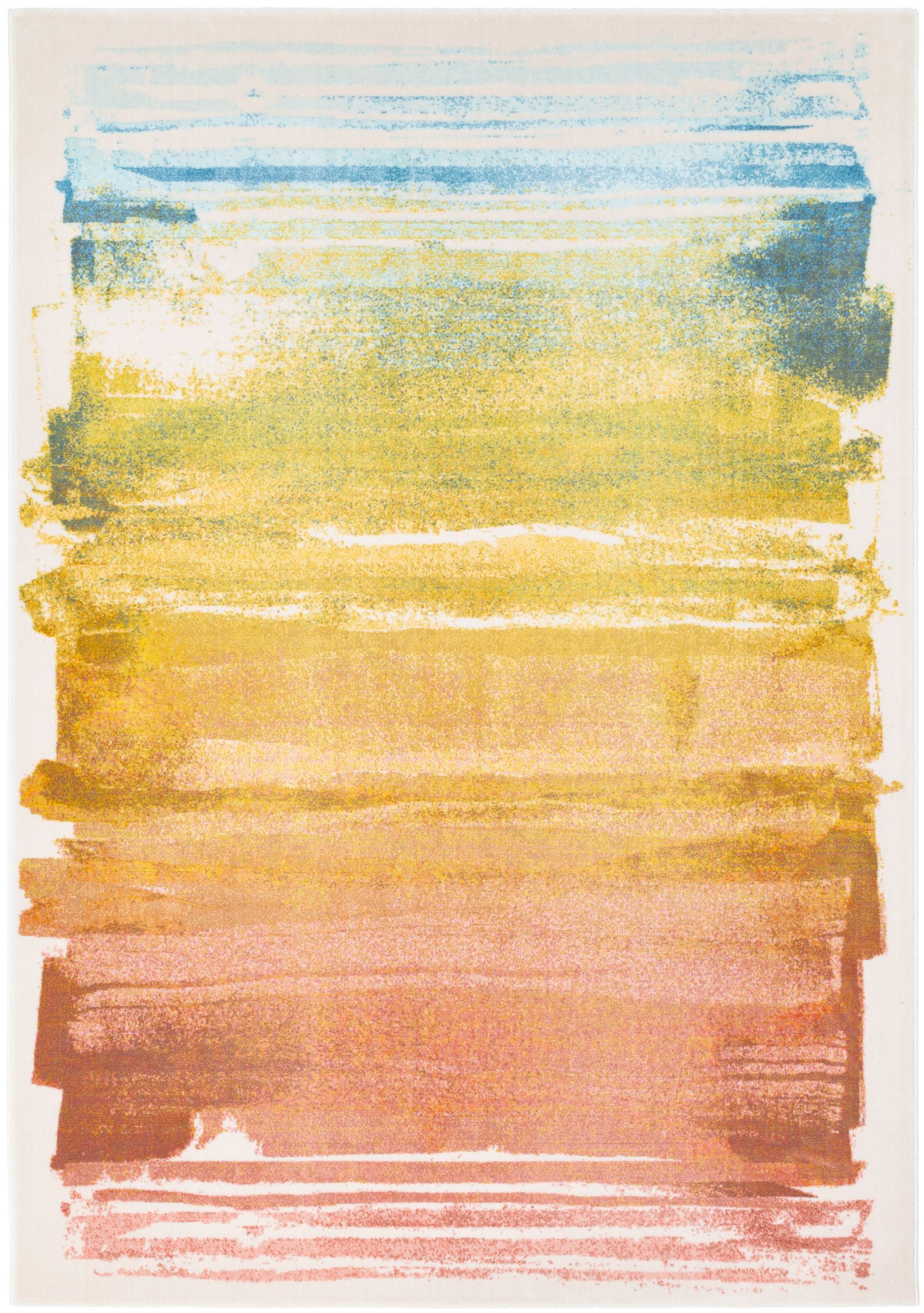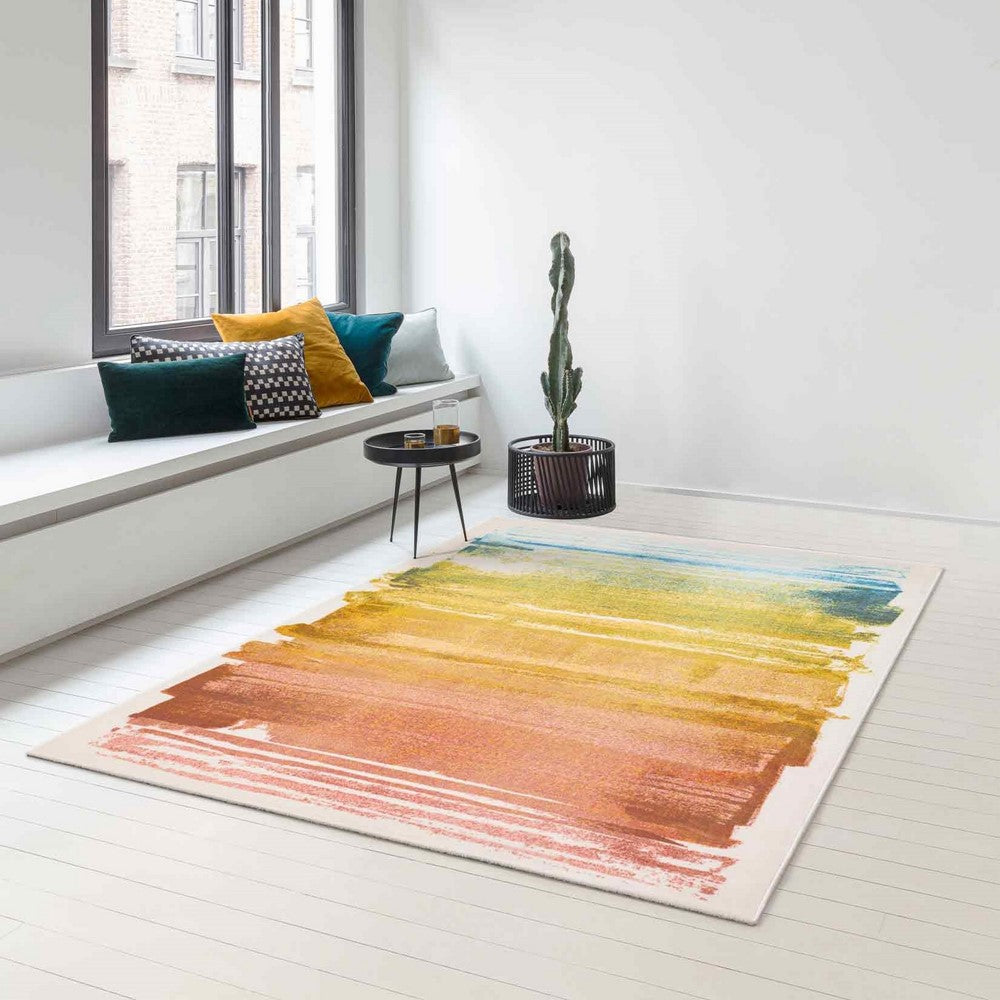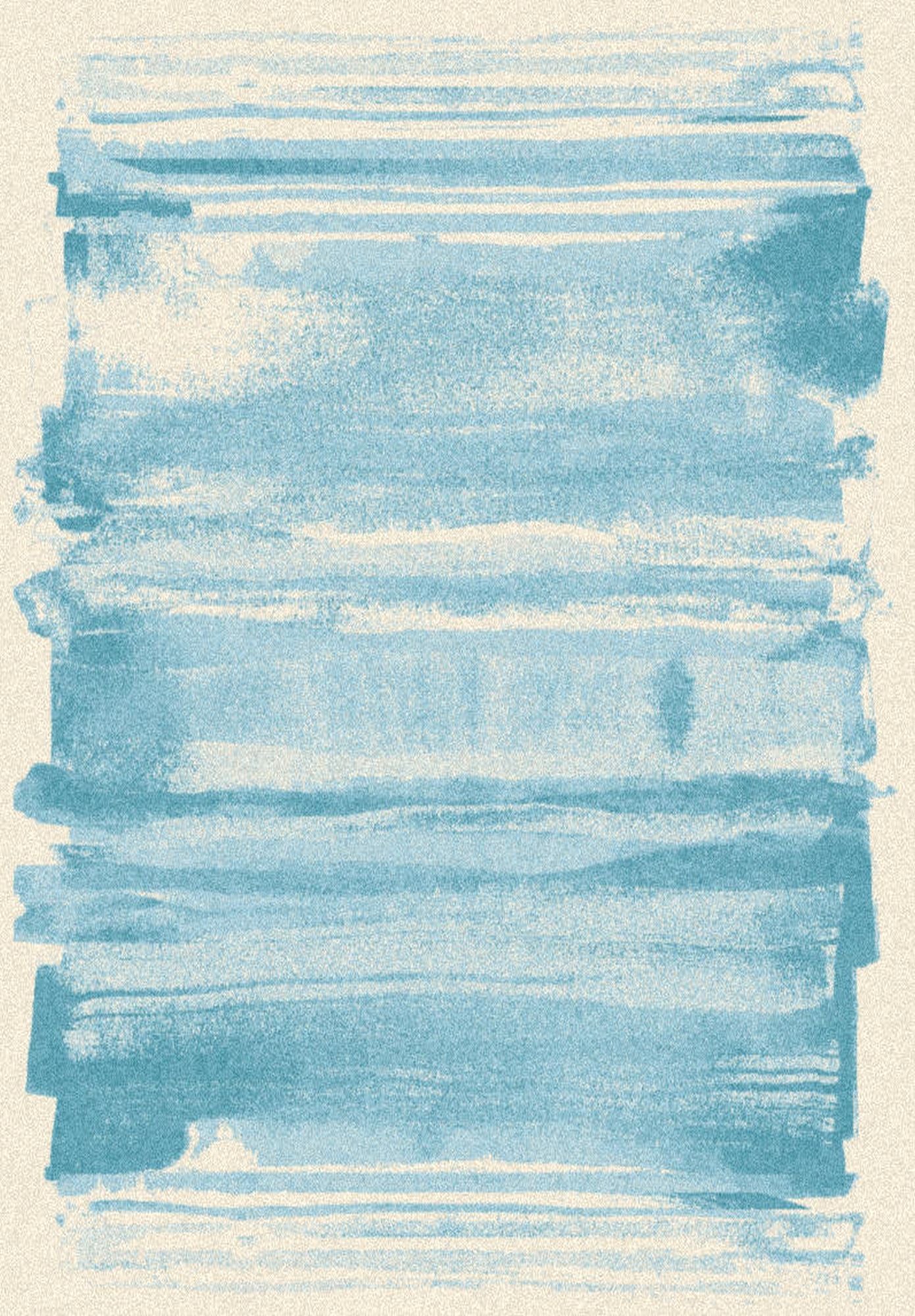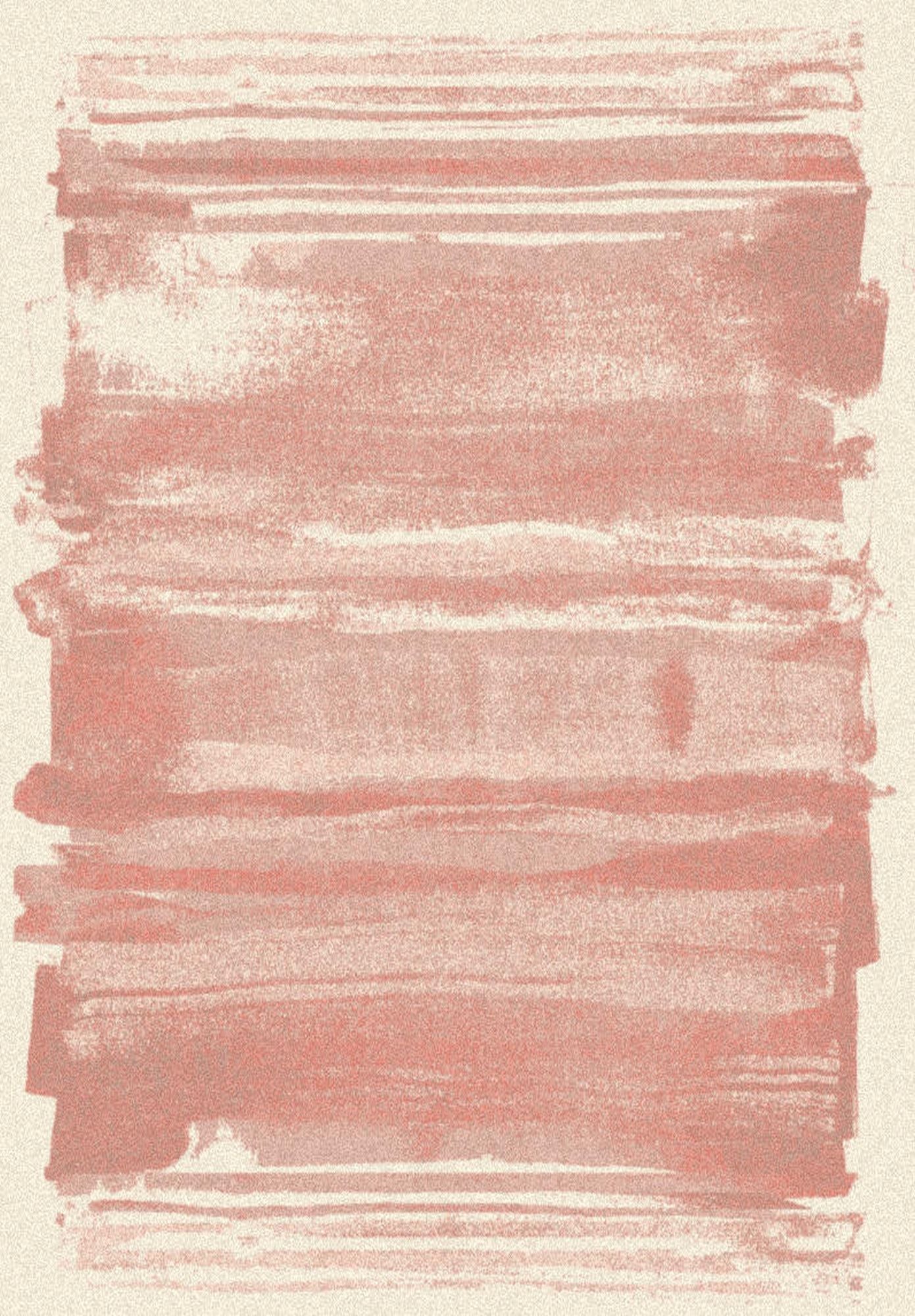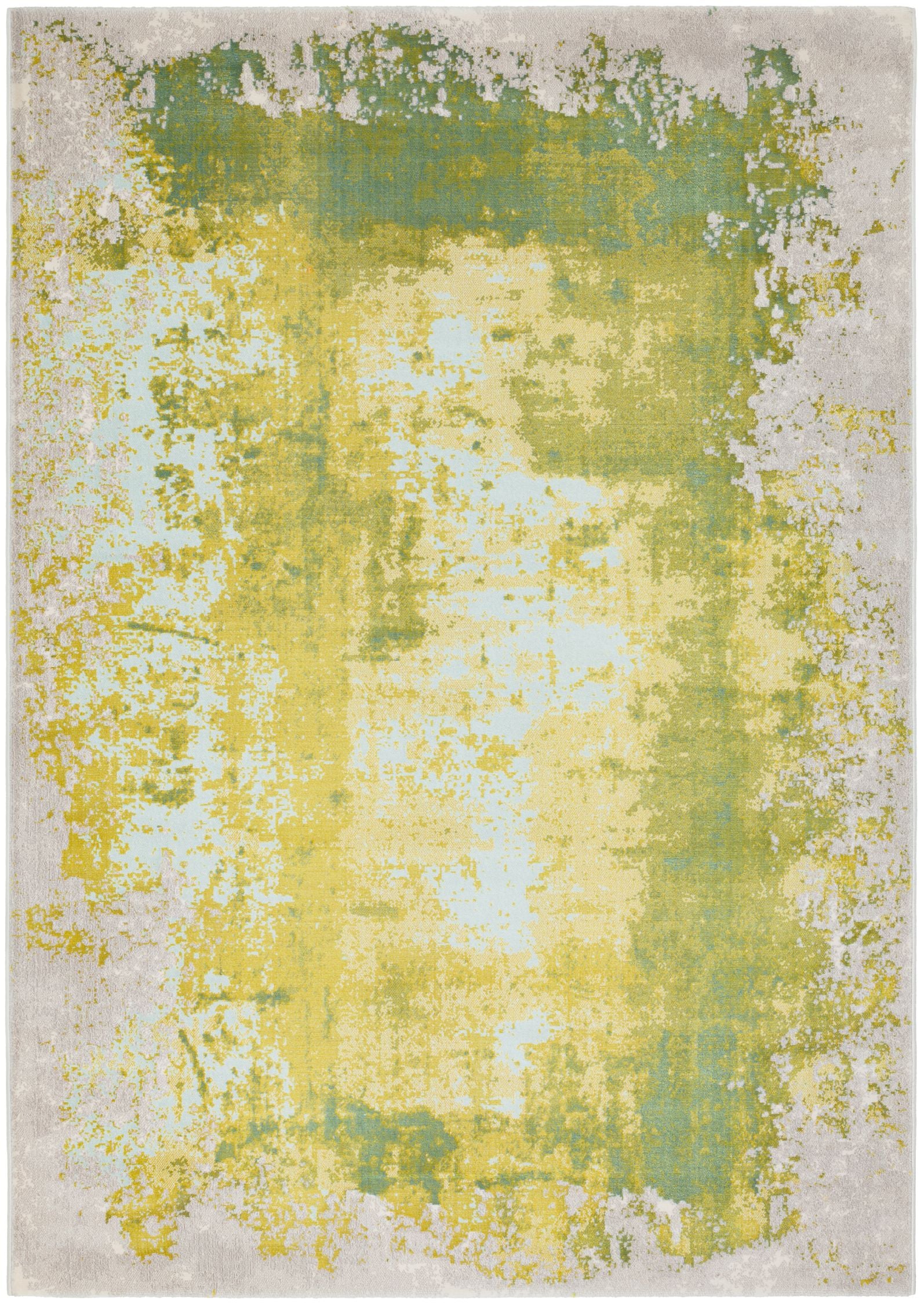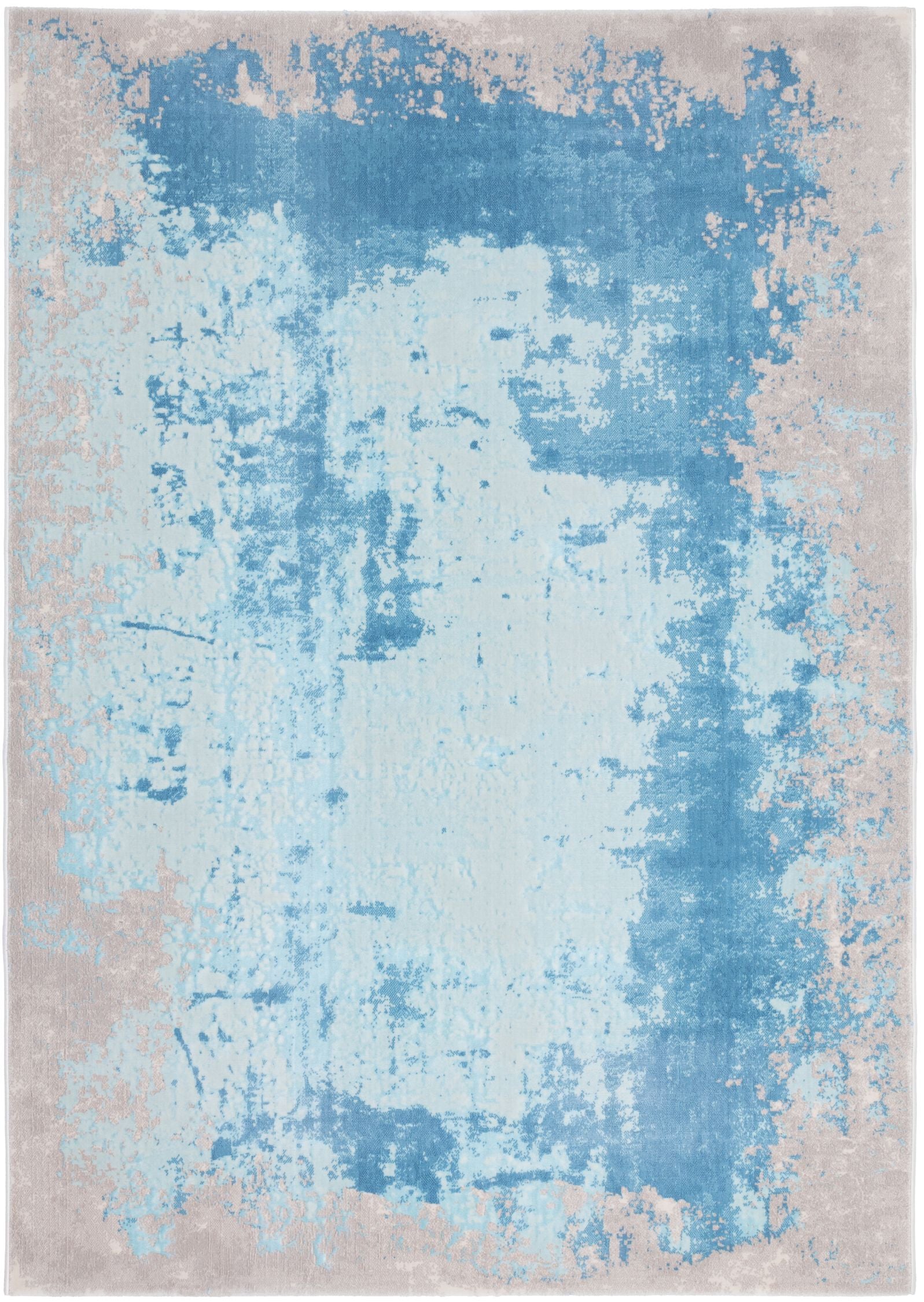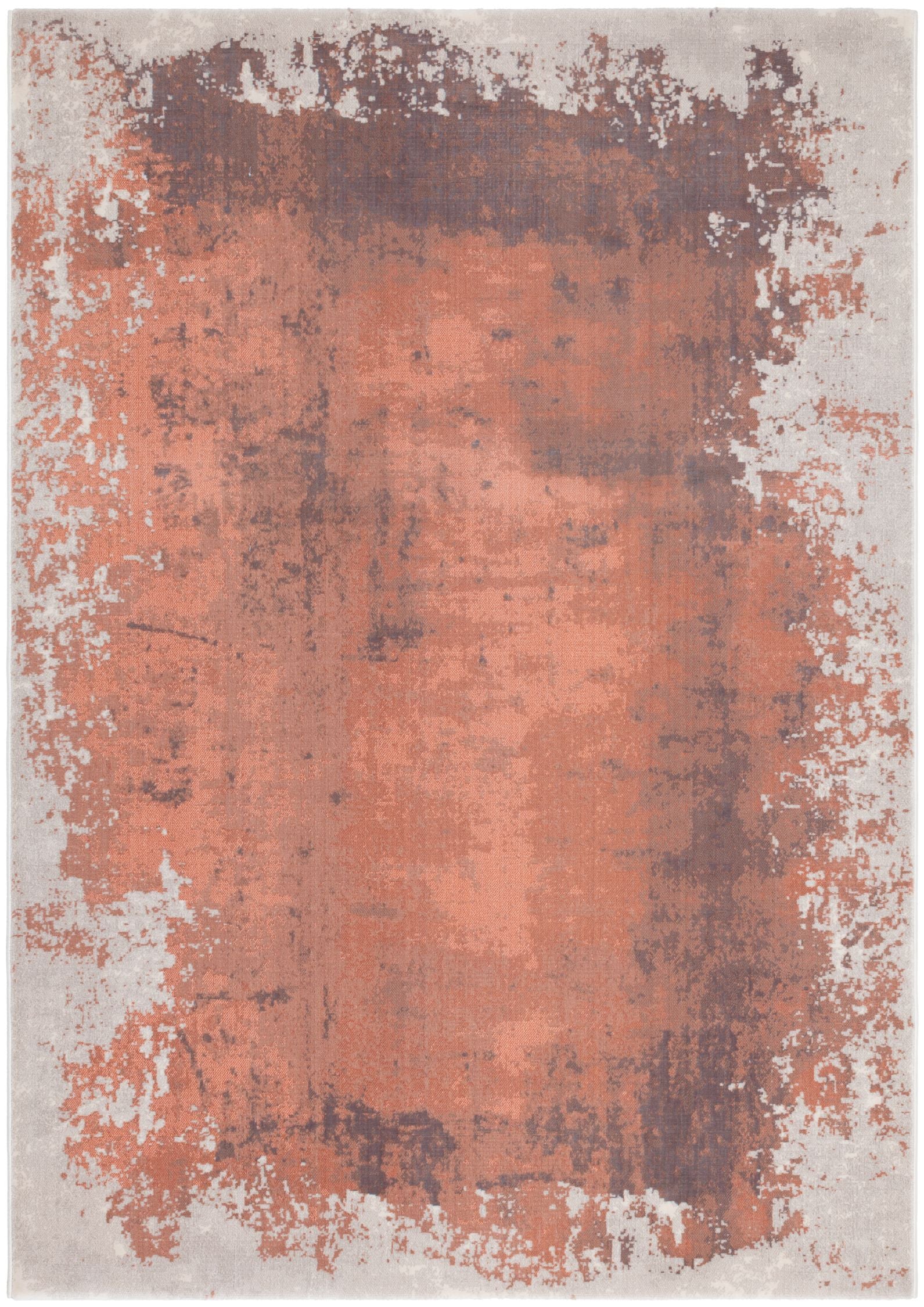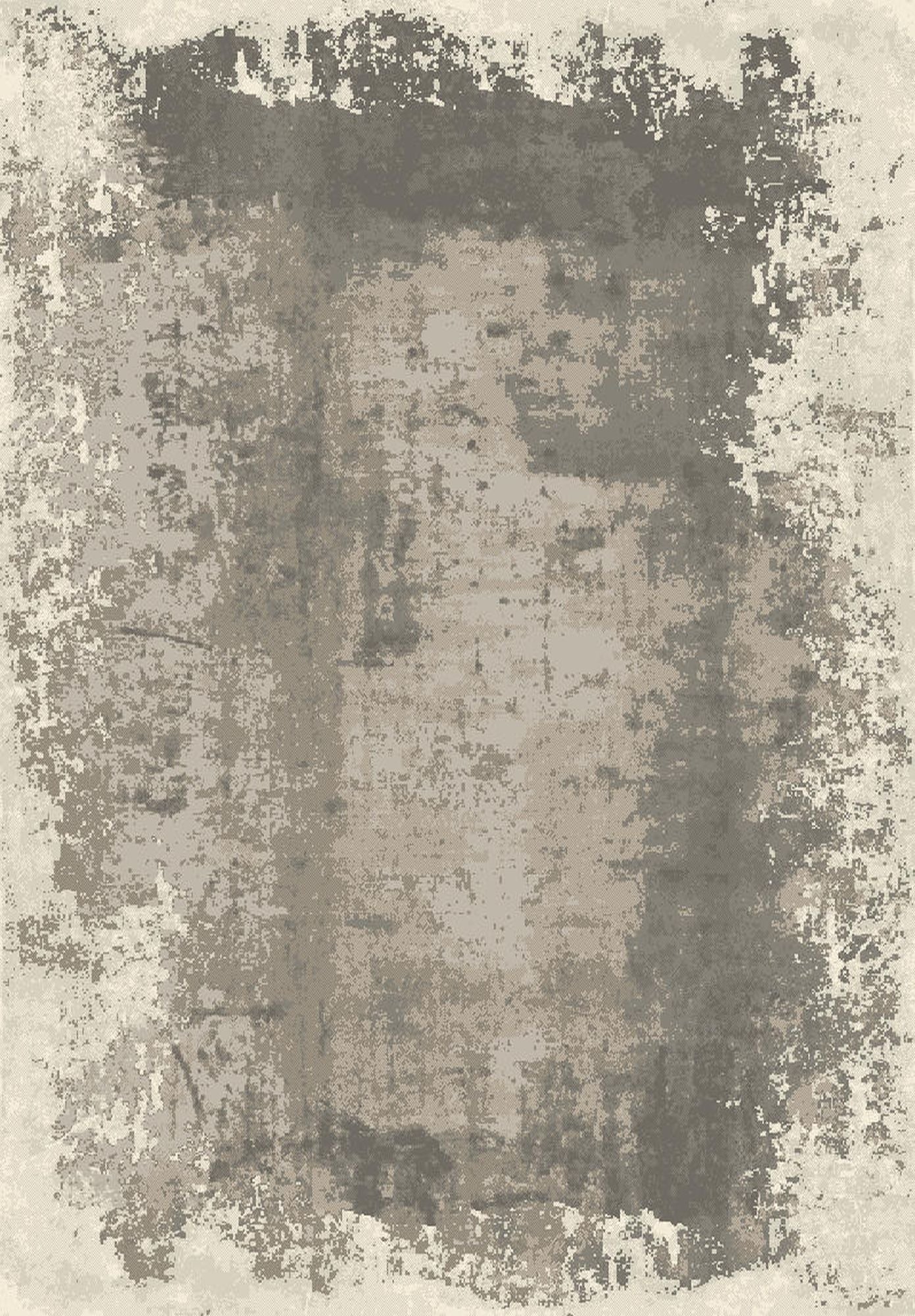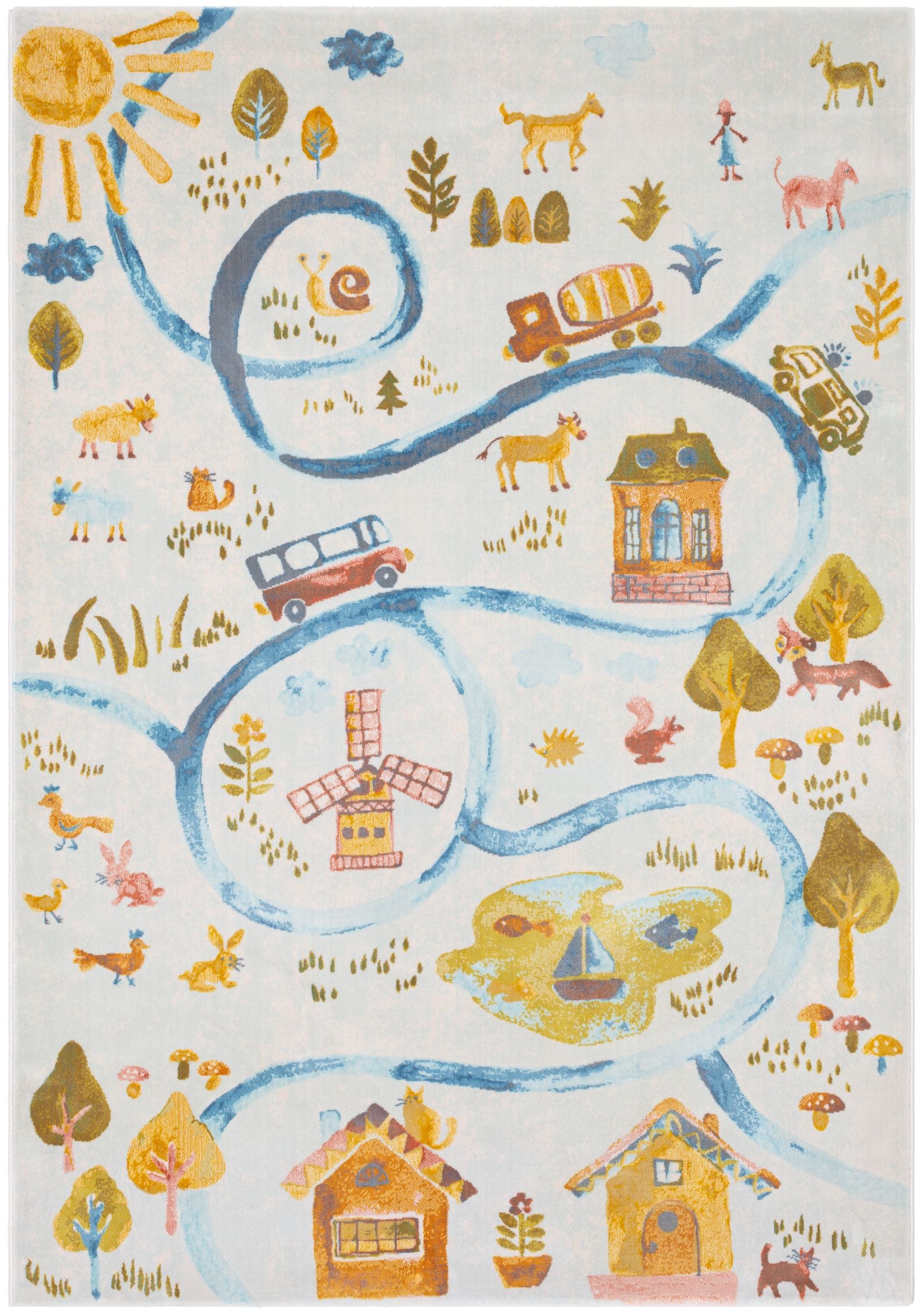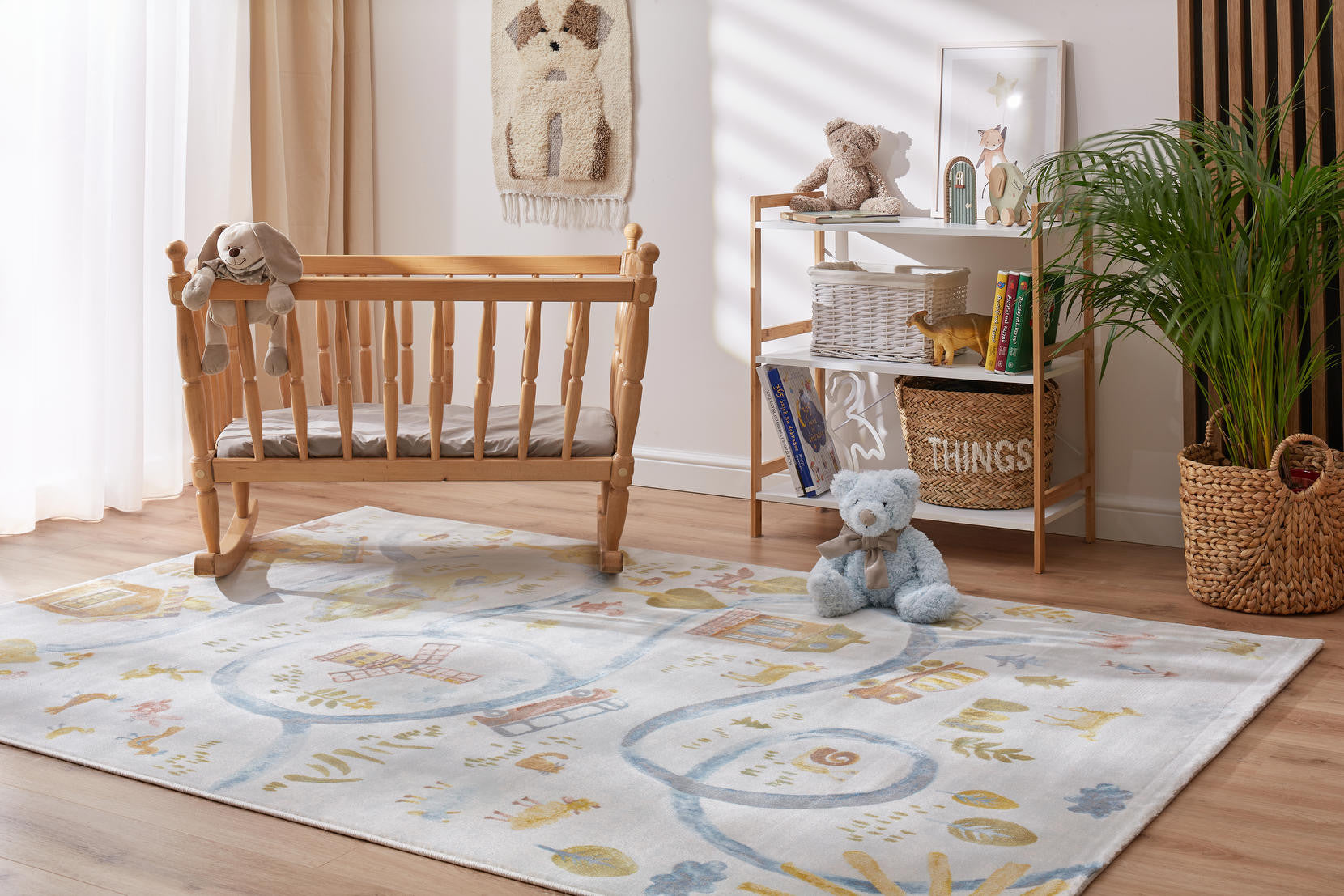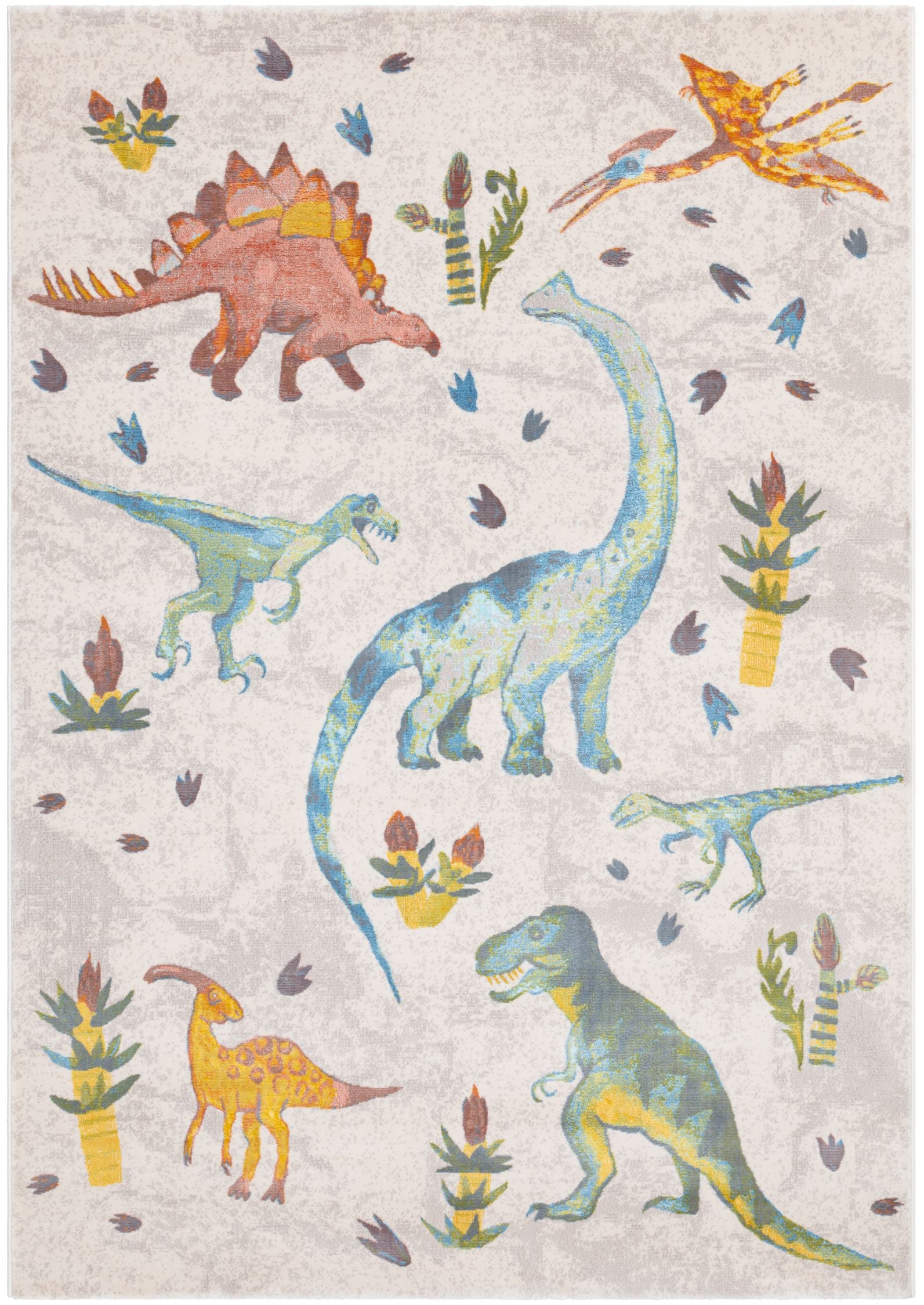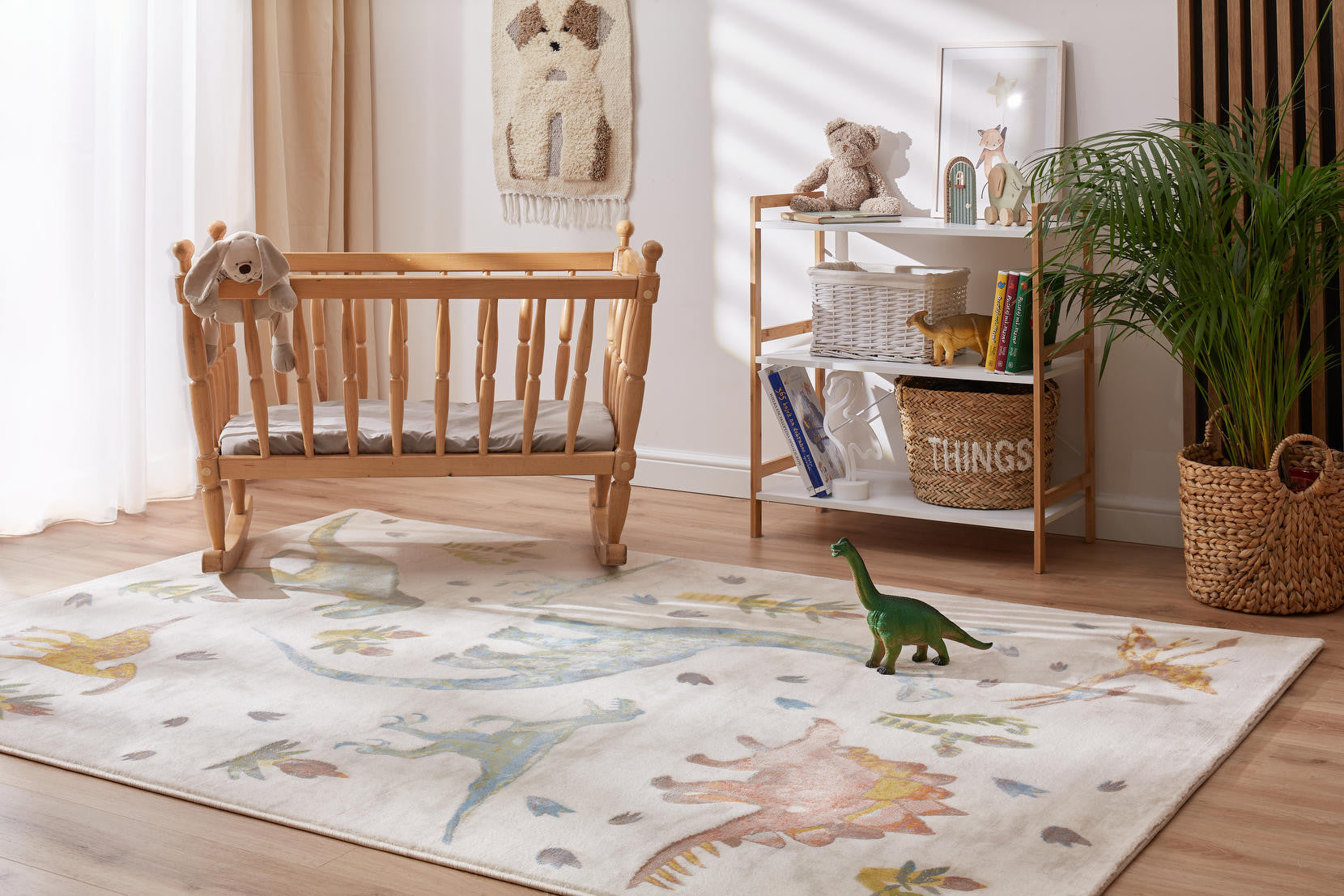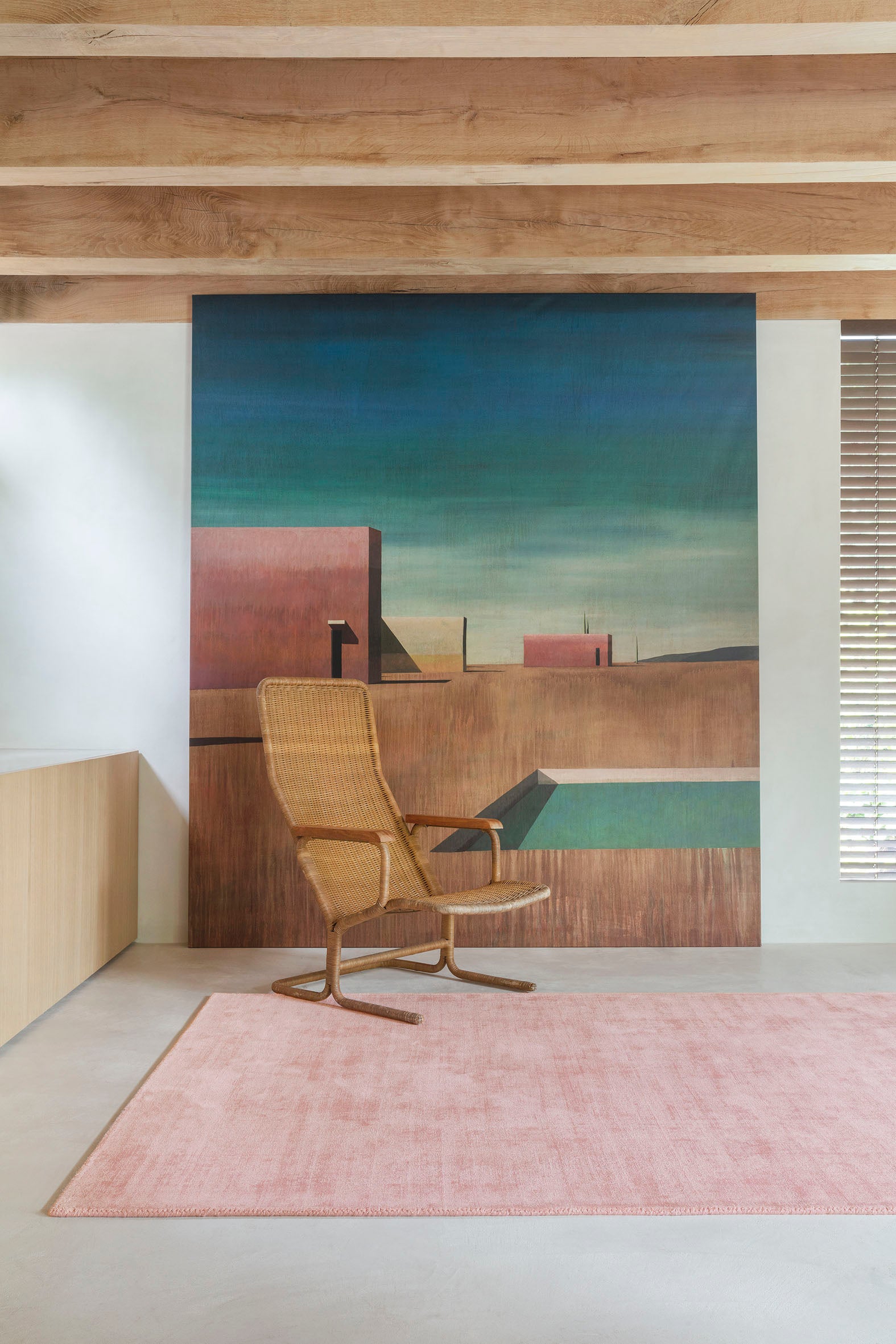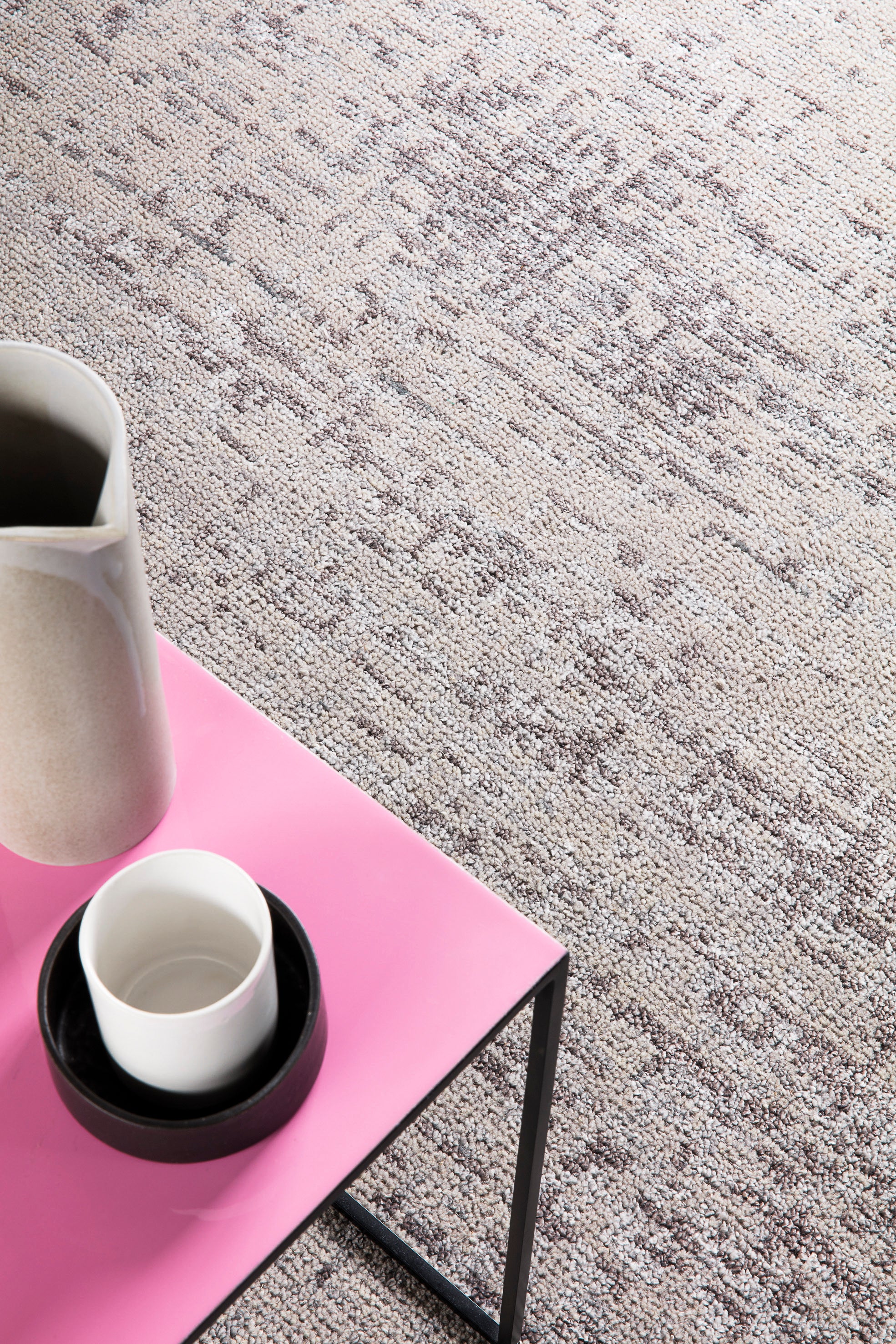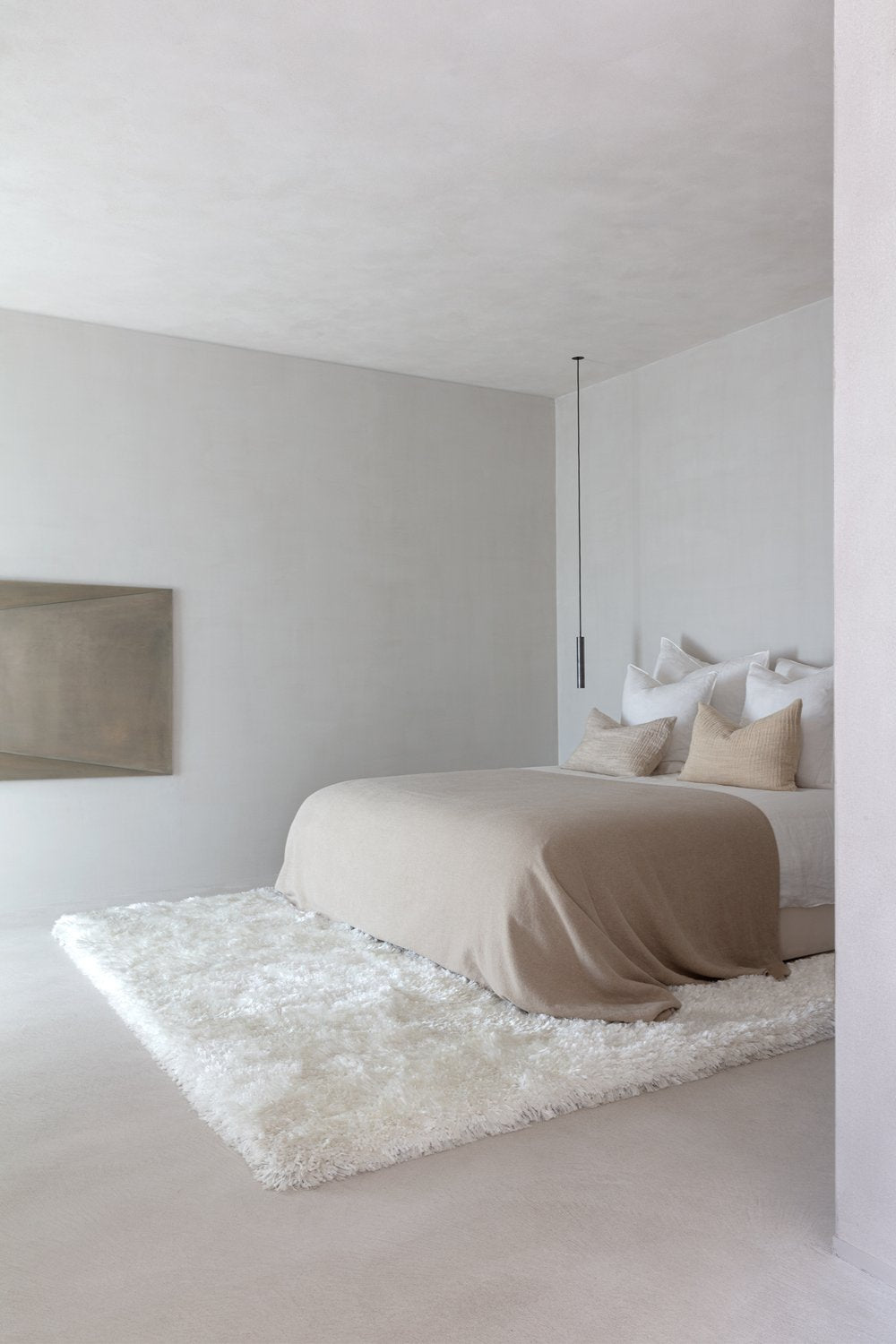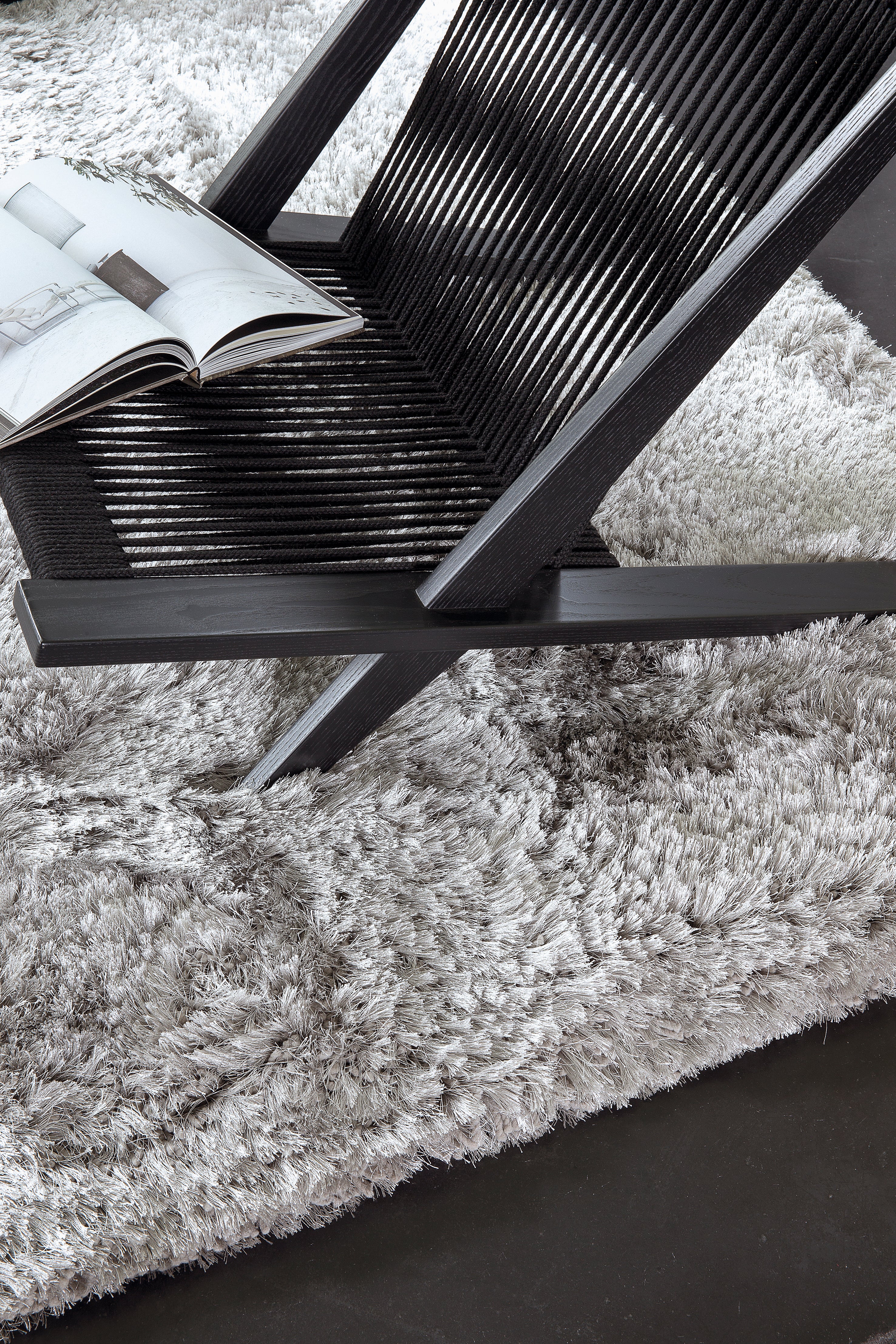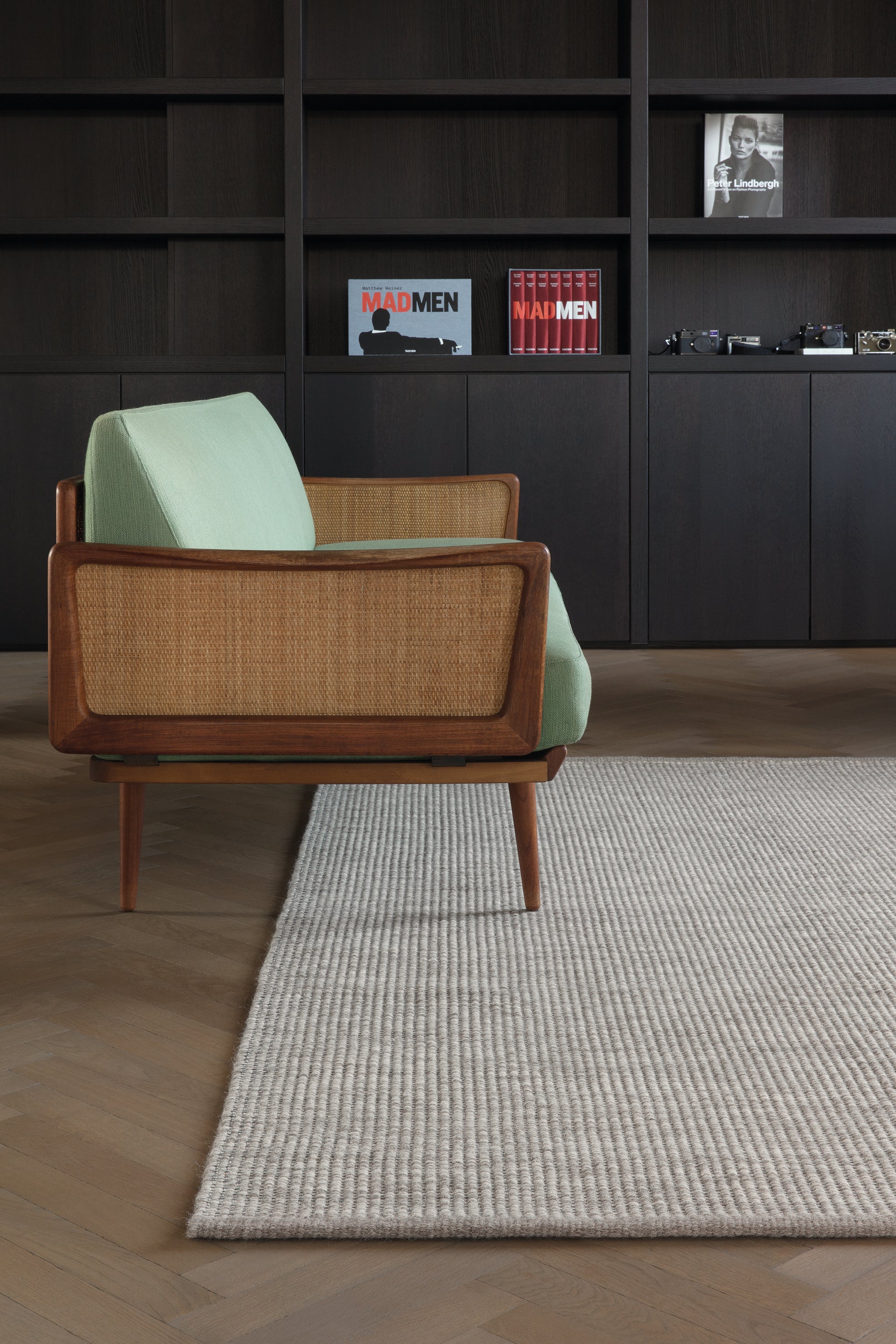Sections: General care, Routine maintenance, Stain removal, Specialty care.
GENERAL CARE
KNOW YOUR RUG
Area rugs can be made from a variety of yarns or a blend of yarns and materials. Read the label on your rug and follow any special cleaning instructions and precautions provided on this sheet.
PROTECT FROM FURNITURE MARKS
Use rug protectors under the legs of heavy furniture to avoid flattening of your rug pile. Rotating your rug every few months will help relieve areas from excessive wear.
FLATTENING AND REMOVING CREASES
Packing and shipping may cause temporary creases in area rugs. To remove them back-roll/reverse roll your rug and allow time for the creases to relax.
AVOID DIRECT SUNLIGHT
Direct sunlight will cause the colors in your area rug to fade over time.
HUMIDITY
Long term exposure to humid weather can be harmful to area rugs. The cotton warp and weft foundation of an area rug can breakdown when exposed to excessive humidity. Avoid placing plants directly on top of area rugs and immediately blot dry any water spillage.
SHEDDING
Wool rugs, especially new wool rugs, may shed. To reduce excessive shedding, vacuum your rug 1-2 times per week in the direction of the pile. Shedding should diminish within several weeks. See the ‘Wool’ section of Specialty Care for more information.
ROUTINE MAINTENANCE
VACUUMING
Routine vacuuming is the most important step in maintaining the life and beauty of your rug. It is recommended that you have area rugs professionally cleaned every 6 - 9 months to remove deep set dirt in high traffic areas. Otherwise, attentive vacuuming will significantly extend the life of area rugs.
- Vacuum thoroughly at least once a week with a canister vacuum.
- Do not engage beater bars.
- Rugs placed in high traffic areas of the home, office or rugs exposed to household pets should be vacuumed more frequently.
- Avoid vacuuming the fringes of your rug, especially those on hand-knotted rugs. Use a broom to clean fringes.
BRUSHING/SWEEPING
Brushing is the best way to remove stubborn pet hairs that the vacuum misses. For short pile area rugs, use a carpet brush or carpet sweeper. For longer pile a carpet rake works well. Sweeping works best for outdoor rugs. The sturdy pile of an indoor-outdoor rug doesn’t trap dirt as readily as other area rugs.
BEATING
For rugs that are relatively easy to handle, bring them outdoors and shake vigorously to remove excess debris. Hang over an outdoor railing and beat with the back of a broom or rug beater, varying in vigor based on the construction and condition of the rug.
ROTATE THE RUG
Area rugs placed in high traffic areas will wear faster than those in lesser tread-upon locations. Rotating a rug every few months will distribute any wear and fading evenly.
STAIN REMOVAL
LIQUID SPILLS
Use a clean cloth and press firmly to absorb as much liquid as possible. Do not rub! This can set the stain deeper into the rug, making it harder to remove and increasing the chances that the stain will re-appear.
STAINS
Make a solution of water, white vinegar and mild detergent. Apply the foam that rises to the top of the solution on the stained area with a clean cloth. Finish using a damp, clean cloth to absorb any residue.
- For lighter stains or spills on synthetic yarns, sponge clean the area with cold water and mild detergent.
- For harder to remove stains, professional rug cleaning is recommended.
- For pet stains, make sure you have absorbed all remain- ing liquid with a dry paper towel.
- Then, sprinkle baking soda over the affected area. After about five minutes, spray a solution mix on the affected area. Gently scrub and let sit. Vacuum up the remaining powder.
SPECIALTY CARE
VISCOSE RUGS
Viscose, or art silk, has the same soft, luxurious look and feel as silk, but at a much more affordable price.
A carpet sweeper is best for 100 percent viscose rugs, but if you do use a vacuum, set the power to low and disengage the beater bars.
Viscose is extremely absorbent so remove stains using a damp cloth and a mild cleanser. For tough stains, use the stain solution suggested above and gently apply the foam that rises to the top to the stained area. Blot with a clean damp cloth to finish.
Try to keep a viscose rug in a cool and dry location. Excessive moisture can cause the yarns to yellow or the dyes to bleed, while high heat can cause the rug yarns to shrink.
WOOL RUGS
Wool rugs may shed as a natural consequence of how they are made. However, this shedding will gradually diminish with proper vacuuming.
- Use a high-quality rug pad under your carpet to reduce surface friction.
- Vacuum 1-2 times a week for the first few weeks using a low pressure vacuum cleaner without beater bars.
-Do not pull “stray” loops. Always cut them back with scissors.
NATURAL FIBER RUGS
Rugs made from natural fiber jute, sisal and seagrass have a wonderful woven texture that allows dirt to fall through. Vacuuming the rug, and underneath the rug, is the easiest way to remove debris. In the case of a stain, natural fiber rugs can be scrubbed with a soft brush, but avoid getting these rugs too wet, as water can weaken the fibers over time.
END


